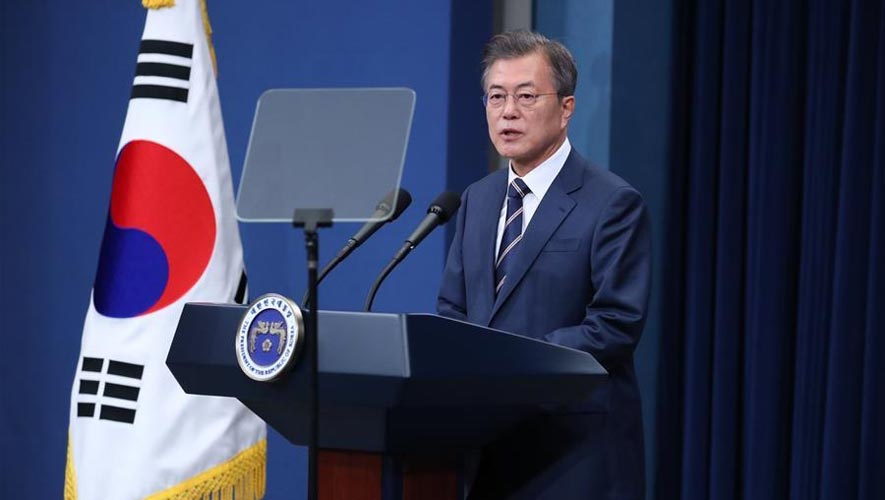The Indo-Pacific initiative is the first attempt of Asean countries to ensure that its centrality is intact by setting a code of conduct in its collective effort to contain the rise of big powers in the region.
For the latest Cambodian Business news, visit Khmer Times Business
The document details how Asean member states view cooperation among countries in the region, based on openness and respect for international law.
The Asean Outlook defines the Asia-Pacific and Indian Ocean regions as a single interconnected region, the Indo-Pacific.
It also recognises that Southeast Asia lies in the centre of two dynamic regions, namely the Asia-Pacific and Indian Ocean regions which are closely integrated and interconnected, with Asean playing a central and strategic role.
The question of centrality and unity in the Asean is a thorny one but with the outlook, it appears the Asean member states have agreed to consolidate the grouping by recognising its central role in the wider regional perspective.
President Jokowi introduced the adoption of the Asean concept on Indo-Pacific. The 10 members of Asean officially adopted the outlook on the Indo-Pacific after a year of negotiations.
Indonesia initiated the formulation and it was also the main point of discussion during the High-Level Dialogue on Indo-Pacific Cooperation meeting in Jakarta in March.
The concept was drafted as a response to the United States’ Free and Open Indo-Pacific strategy proposed by President Donald Trump during his Asia tour in 2017 and at the 2017 Asia-Pacific Economic Cooperation Summit in Vietnam.
Indonesia has taken the lead as it might not be happy with the existing Indo-Pacific visions proposed by regional powers and wish to offer an alternative Asean-centric vision. It would also help bolster Indonesia’s image among the main super-powers such as India, US Australia, and Japan.
This outlook is not aimed at creating or replacing existing ones rather it is an outlook intended at enhancing Asean community’s building process and to strengthen and give new momentum for existing Asean-led mechanisms to better face challenges and seize opportunities arising from the current and future regional and global environments.
Asean was often criticised for being slow to respond to threats and rivalry in its backyard. The US has been busy looking for allies in the Indian and Pacific regions, China has been providing economic linkages through its Belt and Road Initiatives.
With the outlook, Asean articulates its own narrative on how the region should evolve and clearly avoids itself from taking pole position in the event of the clash of titans between the various superpowers.
With Asean’s own narrative, the region would be one of dialogue and cooperation instead of rivalry and would be able to usher in greater development and prosperity
The bloc is likely to develop deeper relations with external partners in the region and would have reached a consensus on how the bloc should negotiate with external partners.
The outlook is based on universal values such as trust, respect, mutual interest and the Southeast Asian Treaty of Amity and Cooperation (TAC) and will reflect the centrality of Asean as a regional bloc.
While it might be said that Asean attempts to balance the various superpowers in the region, much has been said about it as a “containment of China” in the region. It must be borne in mind that the region cannot live without China on which it heavily depends for trade and investments.
It is hoped that with the outlook in place, China would moderate its behaviour in the region and there would be less contestation and greater cooperation in the region.
The existing geopolitical factors in the region also revolve around maritime issues, and India would be keen to cooperate with Asean to scale the balance away from China which is seen flexing its muscles in the region.
Asean could count on India to shore its defence capabilities in the region. On the other hand, China too has been a strategic partner with the first Asean-China maritime exercise that took place in August 2018. In managing the strategic alignments mentioned, Asean members would likely develop new partnerships.
Sathish Govind is a Contributing Writer, Capital Cambodia, and an ex-analyst in a think tank
in Malaysia




